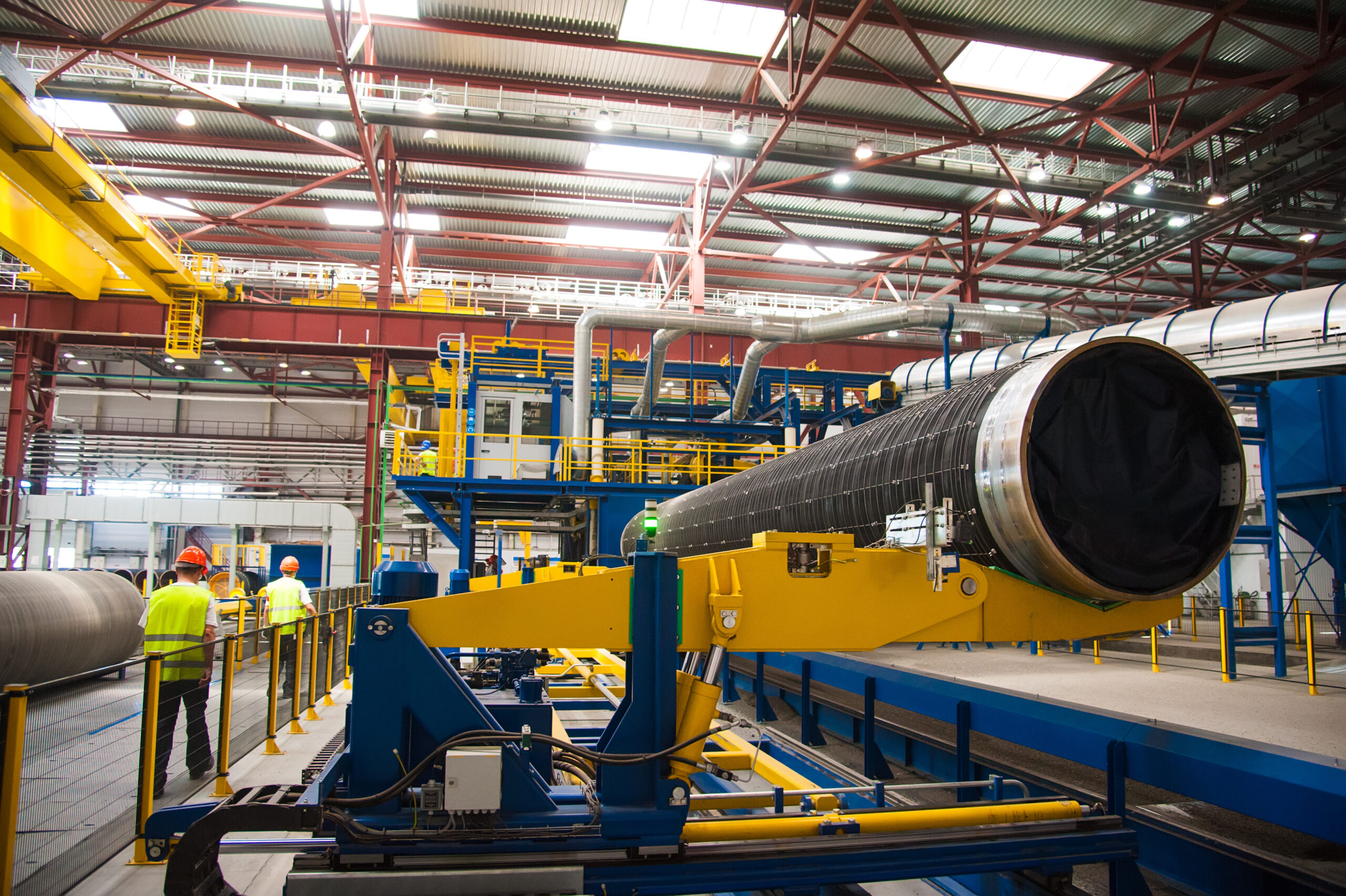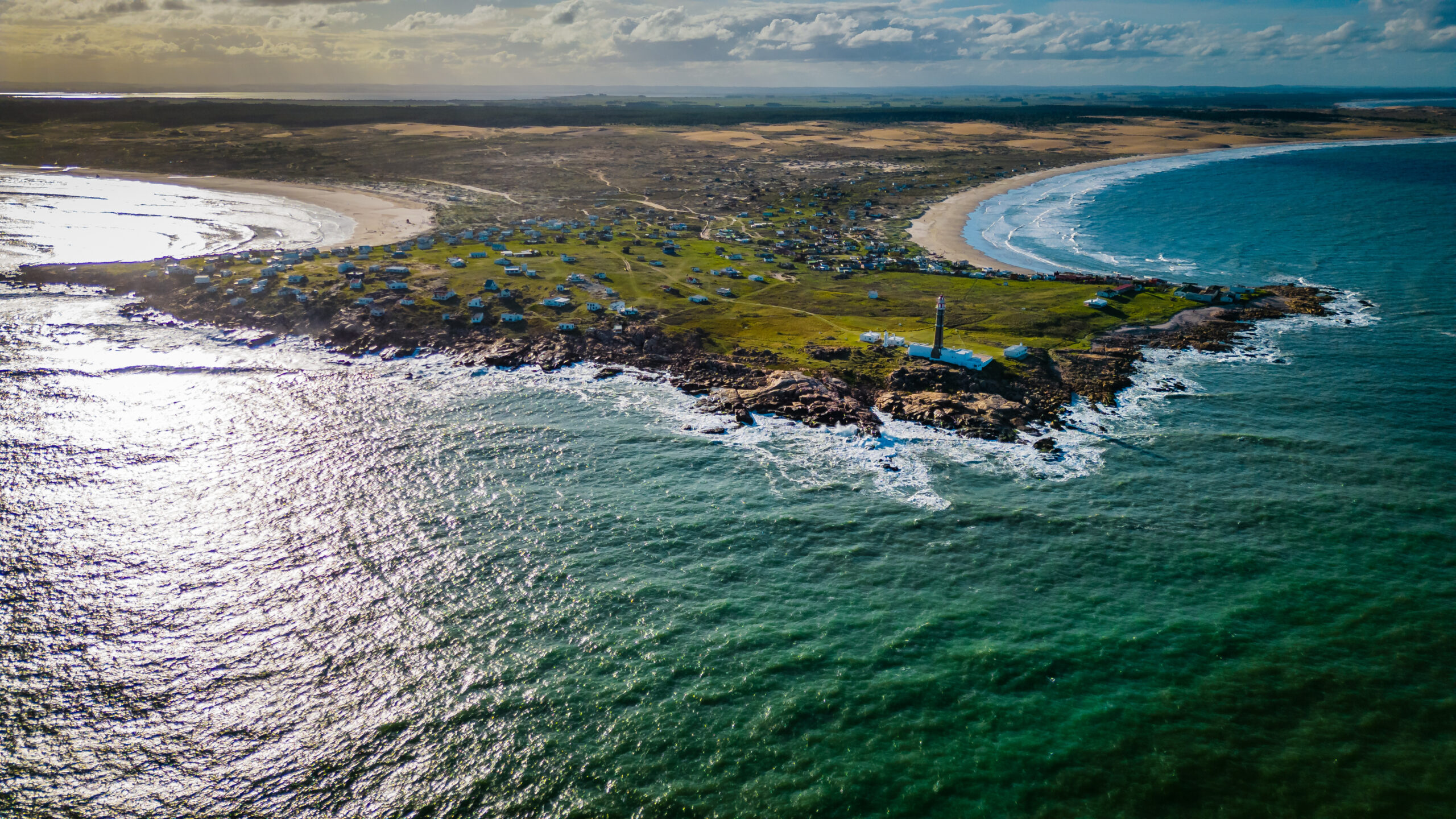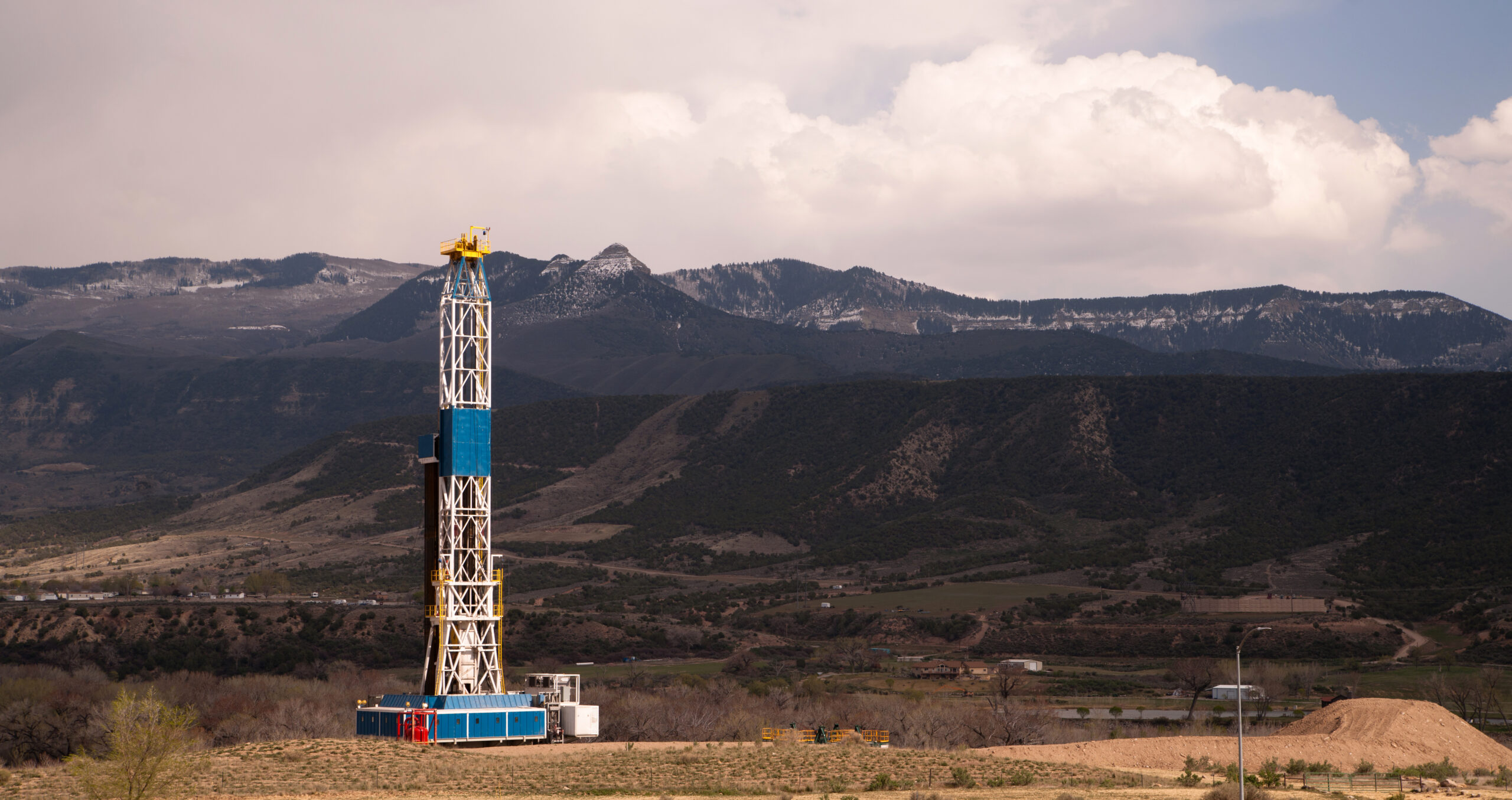Green hydrogen: Germany joins H2Med but concerns mount
In what could be a significant push for European green hydrogen, Germany has said it will join France, Spain and Portugal in a major new pipeline project.

In a major boost for green hydrogen, Germany is to join France, Spain and Portugal in a pipeline project that would allow it to tap into low-cost green hydrogen, however critics are warning the project might turn into a stranded asset amid uncertainty over costs, demand and purpose.
The so-called H2Med subsea pipeline, due to start operations in 2030, was initially to bring green hydrogen from Spain and Portugal to France, but will now extend further into Germany, it was announced at the end of a Franco-German Council of Ministers on January 22.
Domestic production of hydrogen in Spain could reach 2-3 million tons by 2030, of which 2 mt would be destined for exports through the H2Med corridor, accounting for roughly 10% of European demand in 2030, according to a presentation by Spain’s TSO Enagas.
A number of projects in the Iberian peninsula are being developed around major Spanish industrial hubs such as Tarragona, Puertollano, Huelva and the port of Algeciras as well as in the industrial complex of Sines in Portugal.
Demand for green hydrogen in Germany
Hydrogen imports from Iberia are expected to be cheaper than domestic production of hydrogen in Germany on a levelized cost basis “once the pipeline network, electrolyzer projects, and demand for renewable hydrogen are ready,” Anise Ganbold, head of research, global energy markets and hydrogen at Aurora Energy Research told Gas Outlook.
Pipeline imports from Spain are forecast to cost €3.5/kg on a delivered basis, compared to €4.5/kg for domestic German hydrogen, according to Aurora Energy Research estimates.
Meanwhile, domestic demand for hydrogen and its derivatives in Germany is set to increase five-fold to 2,500 TWh by 2050, meaning “Germany would not be able to meet this demand using domestic supply alone” she said.
The H2med pipeline “will traverse the vastly uninhabited central region of Spain that boasts very good solar irradiation linking a low Levelized Cost of Hydrogen (LCOH) region with these major industrial hubs” helping to address “grid connection bottleneck developers are facing when trying to co-locate electrolyzers at industrial facilities,” Flor de la Cruz, senior research analyst, hydrogen & emerging technologies at Wood Mackenzie, told Gas Outlook.
This way “electrolyzers can be co-located with renewable sources and the hydrogen can be transported instead.”
However the H2Med risks becoming a stranded asset amid high costs and uncertainty over its purpose, warned Ana Maria Jaller-Makarewicz, Europe energy analyst at the Institute for Energy Economics and Financial Analysis (IEEFA).
Estimated to cost €2.5-3 billion, the project has applied to be included in the European Projects of Common Interest (PCI) list, which would allow it to access public funding for green projects.
The pipeline is however expected to be utilized as a natural gas pipeline at first, creating a corridor for LNG imported into Spain and Portugal towards France and Germany.
While the timeframe of the project means it would not help address the current energy crisis, the high costs of converting gas pipelines to hydrogen, coupled with uncertainty over future gas and green hydrogen demand could turn the H2Med into a stranded asset paid for by consumers, she argued.
At the same time, “despite strong project portfolios in both Spain and Portugal there is also strong domestic demand [for hydrogen] – limiting export opportunities to France and Germany,” said de la Cruz.
North African flows
Against that backdrop, the pipeline could become strategic for gas flows from Northern Africa into Spain and further West.
“Algeria currently supplies natural gas to Spain and the H2Med will allow Algeria to tap into the EU market west of the Pyrenees which was inaccessible before,” she said.
While the country has not announced hydrogen projects “it will continue to push its natural gas exports especially since the Maghreb and Medgaz pipelines run the risk of becoming stranded assets.”
Meanwhile “pressure to convert the Maghreb and Medgaz pipelines to hydrogen will come from Morocco” with the country developing a number of hydrogen projects including the Amun project which is targeting 1.5 mt per year of hydrogen production.
“The H2med pipeline can open the door to building a pipeline in Morocco to connect the potential of northern Africa with the demand in Europe,” she continued.
“The key on whether these pipelines get converted from natural gas pipelines to hydrogen will depend on the political situation in northern Africa.”
The consultation period for the new Projects of Common Interest (PCI) list is currently open until March 16.
While PCI are eligible for funding under the EU Connecting Europe Facility (CEF) this is a precondition but not a guarantee for CEF funding, a spokesman for the European Commission told Gas Outlook.
The new CEF programme for 2021-2027 allocates a total budget of €5.8 billion to the energy sector.
While this includes hydrogen, natural gas projects are no longer eligible for the funding.



